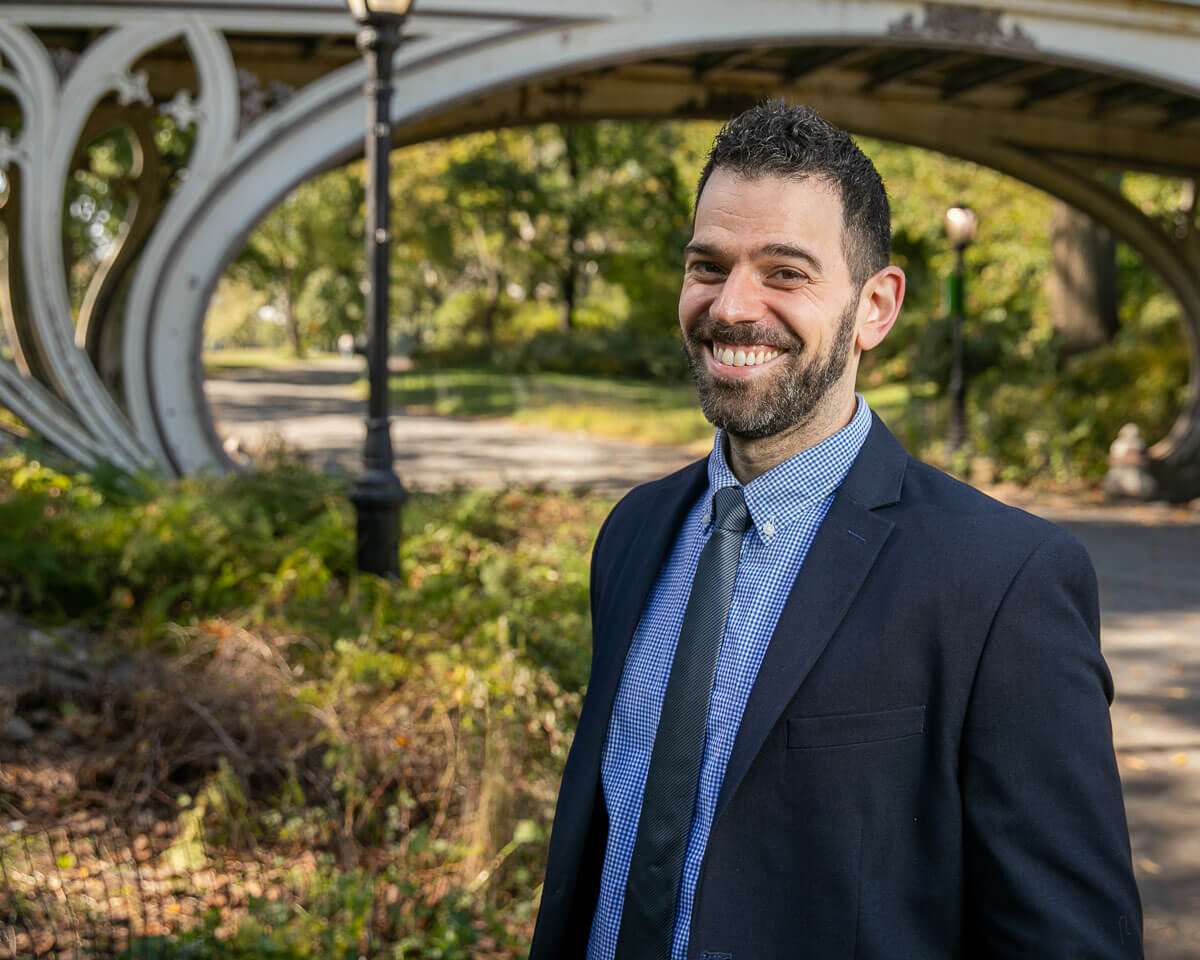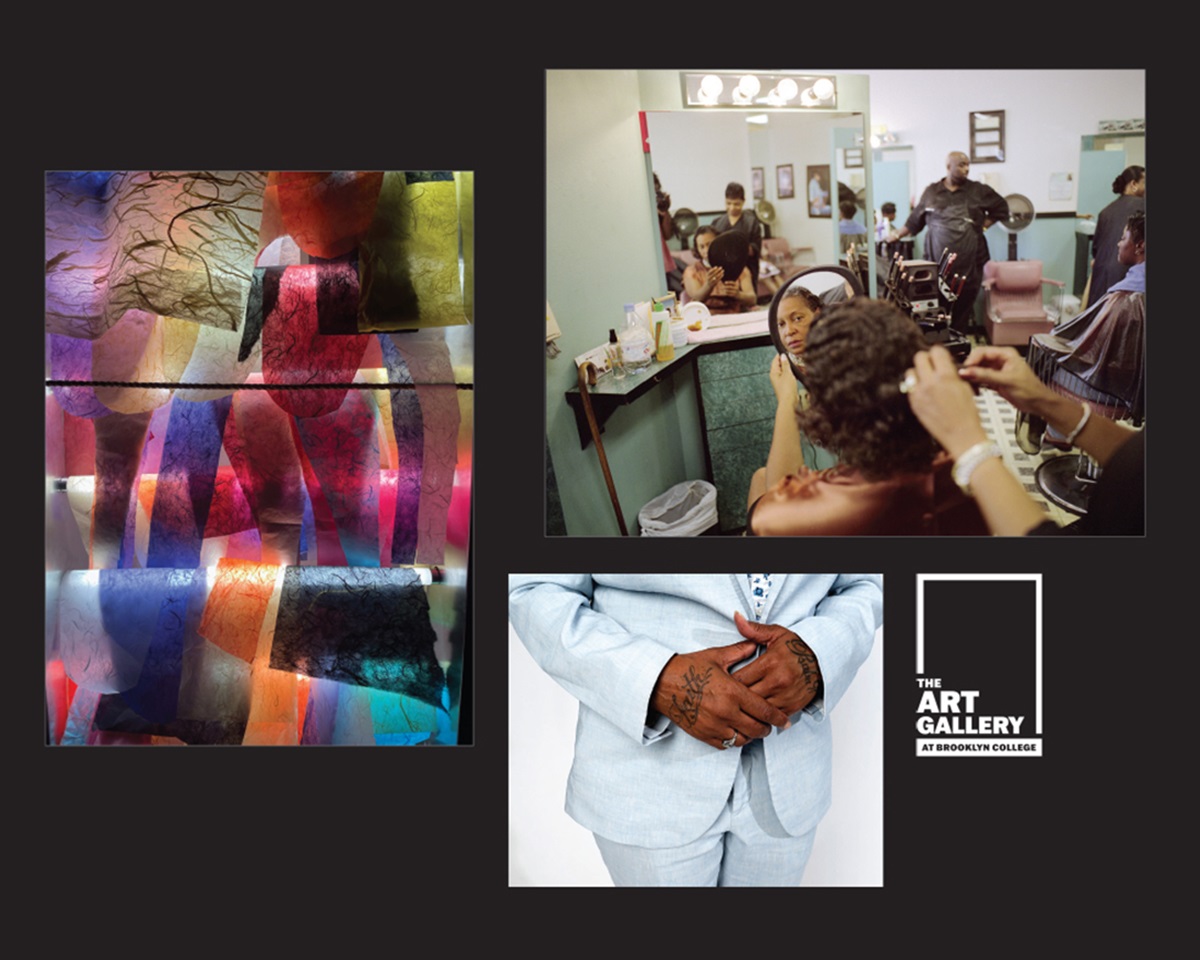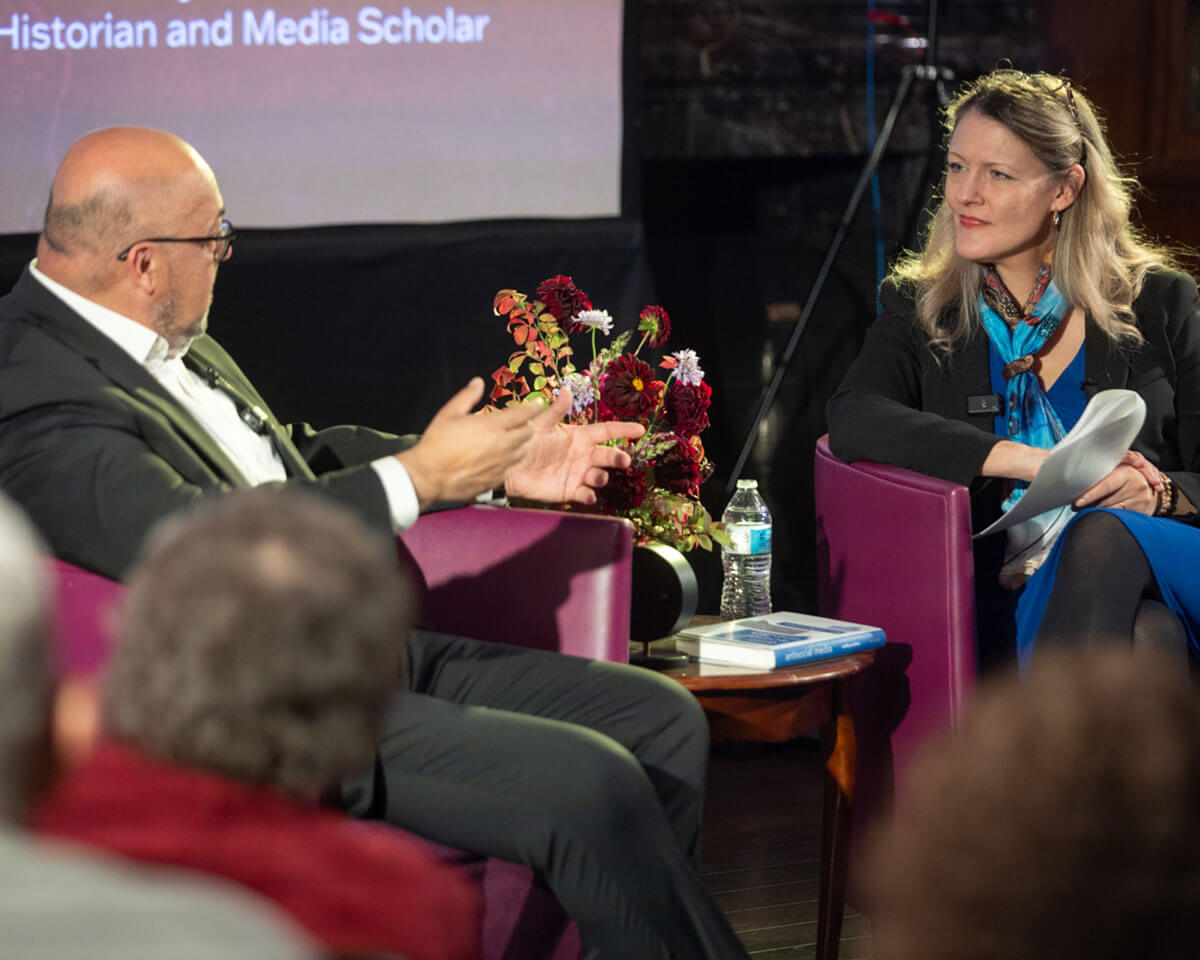Brooklyn College: Could you tell us about your work with students from traditional Jewish backgrounds?
Allan Amanik: “Navigating Brooklyn College After Yeshiva” is a series of workshops that helps students from traditional Jewish backgrounds succeed in secular higher education. It is especially geared toward those from Hasidic communities who often struggle because of a lack of preparation and little support from their high schools. We’ve arranged this semester, over three sessions, to have counselors from such offices as Student Affairs, Financial Aid, Personal Counseling, and the Women’s and LGBTQ centers share resources with students and meet them one-on-one. This series is an effort to help students learn about the support available on campus while also introducing staff to their unique challenges. We hope very much these workshops are the start of a larger focused support program for these students.
BC: What was the inspiration for this?
AA: The inspiration was the need to facilitate visibility. We’ve had students over the years from Hasidic backgrounds in our courses who’ve shared that they felt either alone or invisible in trying to figure out the complexities of college for themselves. Even though they were born in New York City, many lack strong skills in English composition, science, math, etc., to say nothing of a deeper understanding of the bureaucracy or degree requirements of secular higher education. The workings of GPAs, course selection, the consequences of failing or dropping classes are just a few points that often come up. Then there are issues of housing and food insecurity and paying their own way since many are going it alone.
BC: So these students come from a place where you don’t usually go on to higher education?
AA: Some are not only the first in their families to pursue a college education, but they come from worlds that often stigmatize that path and have barely prepared them. Unfortunately, this has resulted in needlessly long times to complete degrees, and some students simply give up.
After listening to students over the years and hosting a series of focus groups last semester, Judaic Studies designed this workshop series as a first step in identifying common issues, highlighting existing resources, and building the infrastructure to better support current and future students throughout their degrees. After all, there are so many Hasidic communities in Brooklyn, and Brooklyn College houses CUNY’s only official Judaic Studies Department, so it seems only natural to build a focused program like this here.
BC: Can you talk about how these workshops help orthodox students navigate the secular world?
AA: I think the metaphor of a bridge is a useful way to frame this. Every student will bring a different relationship to their community, faith, family, and the path they see for themselves going forward. This program certainly doesn’t advocate one way or another. Still, it does seek to give students the best tools to chart that path academically and professionally to honor whatever best suits them. And ideally, as we learn from students at different stages of their academic career, we’ll better understand other areas where they need help. We’ll be better able to tailor programming to first-year students, for instance, while preparing seniors for the next steps after graduation.
BC: Let’s switch gears a bit and discuss your previous work. U.S. history, American Jewish history, immigration, ethnicity, and gender studies are your fields of research. You have also published two books on funeral practices in America—Dust to Dust: A History of Jewish Death and Burial in New York and Till Death Do Us Part: American Ethnic Cemeteries as Borders Uncrossed. How did they both come about?
AA: In some ways the easiest answer is family. I grew up in a fairly tight-knit Jewish immigrant community in New Jersey, which has undoubtedly shaped my broad fields of research. Dust to Dust came when I was processing some very difficult losses in my family. But beyond the personal, death and end-of-life planning are such rich sites to explore immigration, urban history, and family and gender ideals that the book offered a fresh perspective on the long sweep of Jewish history in America and New York City. And as so many Jewish communities have consistently prioritized Jewish funeral rites at the same time that they’ve innovated around life insurance, cemetery real estate, and communal networks providing them, death and dying revealed a powerful lens to chart the evolution of America’s largest Jewish center from the 17th century to the late 20th.
Till Death Do Us Part is an edited volume that does many of the same things but takes a much broader view. This one is comparative, looking at various ethnic, racial, and religious groups in America and a common drive to maintain separate cemeteries and funeral industries. We tried to explore why that norm has so long gone unquestioned in America. In questioning it, we also hoped to unearth what it can tell us about American society more broadly. Approaches to death offer insight into the living and the class-, faith-, and race-based hierarchies shaping American identity. At the same time, it also reveals many elements that transcend those divisions.
BC: In a profile on him in an earlier issue of this magazine, one of your former students, Samori Harris, credits you with encouraging him to expand on a research paper he did exploring the relationship between Black and Jewish people during the Civil Rights movement.
AA: Samori was an amazing student and we remain in contact. He was drawn to the idea of political coalitions between Black and Jewish Americans in the 1960s, particularly Jewish New Yorkers traveling south for civil rights work. I was then just beginning my current research on social justice activism among Jewish, Black, and Latina women in New York between the 1930s and 1980s. So we took the opportunity to learn together.
He helped me design a new course called Black-Jewish Activism: Coalitions in America. Through the Mellon Undergraduate Transfer Student Research Program we began initial research on my current book project. That work focused on juvenile justice activism by the National Council of Jewish Women in New York over the 1960s and 1970s. In addition to court-watching and probation reform, Council performed several studies exposing failings in juvenile prisons and detention centers. Samori followed an additional line of inquiry by looking at Black communal and professional institutions doing similar work. Close study of mass incarceration in the period deeply impacted each of us, but so did the model of efforts to fight it that could relate to the present day.
Return to the BC Magazine



